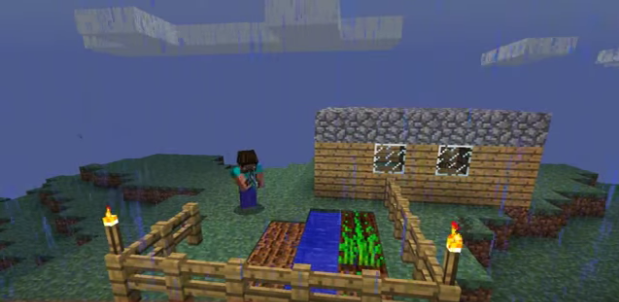'Minecraft' and the Power of Word-of-Mouth
“Minecraft,” the popular world-building game that made developer Markus Persson a billionaire, has sold 22 million copies for PC and Mac. That’s not too shabby for a piece of software that came out four years ago. (Although the alpha version of the game launched in mid-2009, the “finalized” edition didn’t make its debut until 2011.) Considering most mobile apps barely make it past the six-month mark before fading into obscurity, that longevity is particularly impressive. “Minecraft” maintains its momentum for the same reason it became popular in the first place: word of mouth. Unlike most high-profile games, which are created by huge teams of developers toiling for many years, then sold via multimillion-dollar ad campaigns that flood every available sales channel with video clips and images, “Minecraft” was the product of Persson working alone on his PC, which is why the game had a “rougher” feel than some ultra-polished AAA titles. Nor is “Minecraft” the only software to succeed based on person-to-person chatter. Slack, the enterprise-communications system adopted by a growing number of companies, relies heavily on word-of-mouth in place of traditional advertising. Although word-of-mouth doesn’t always succeed—lots of startups launch with a focus on quality, only to run into insurmountable challenges—it can prove an essential element in a broader marketing campaign. But in order to have that chatter in the first place, you need to build great software. And that’s much easier said than done.

